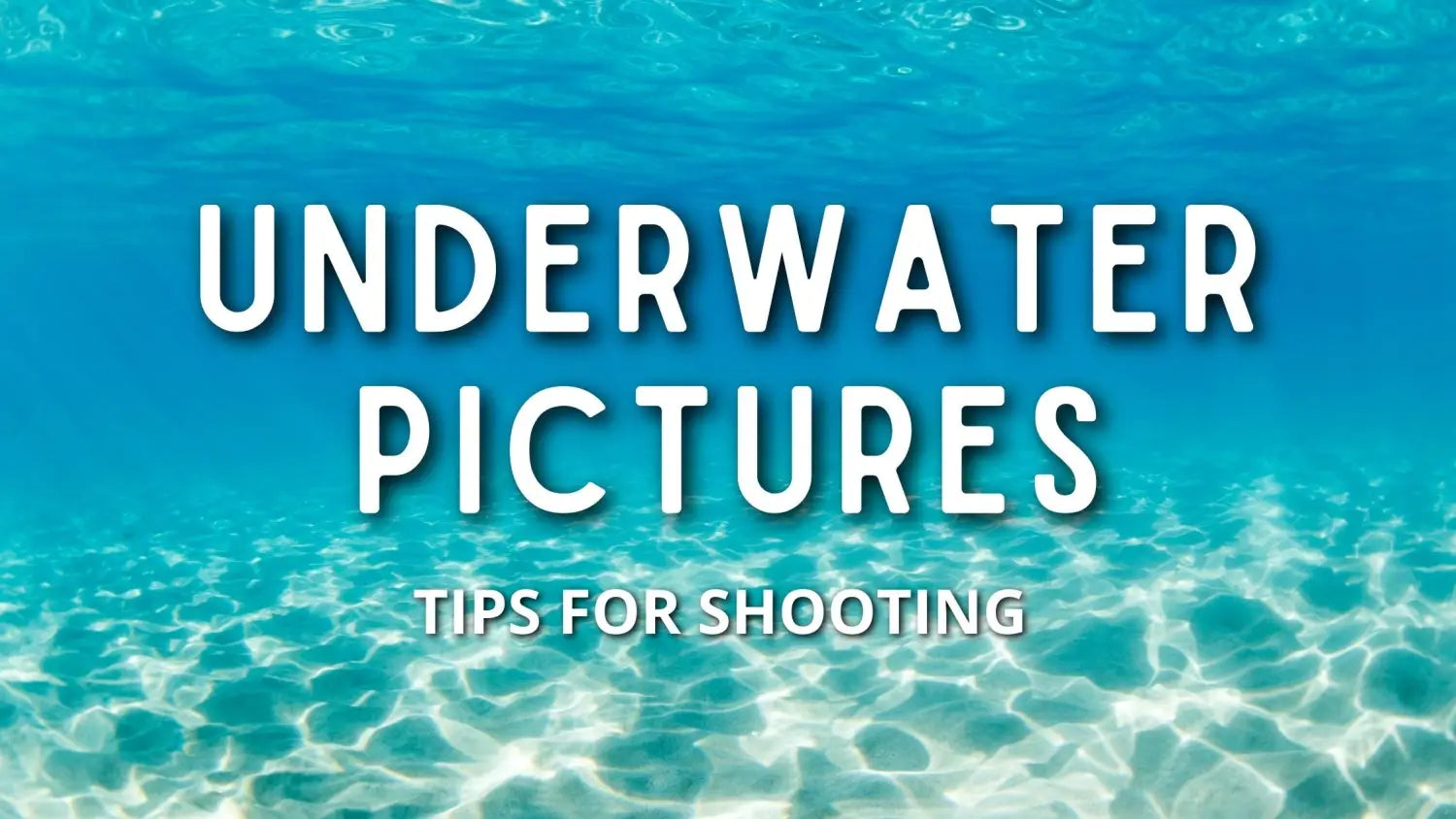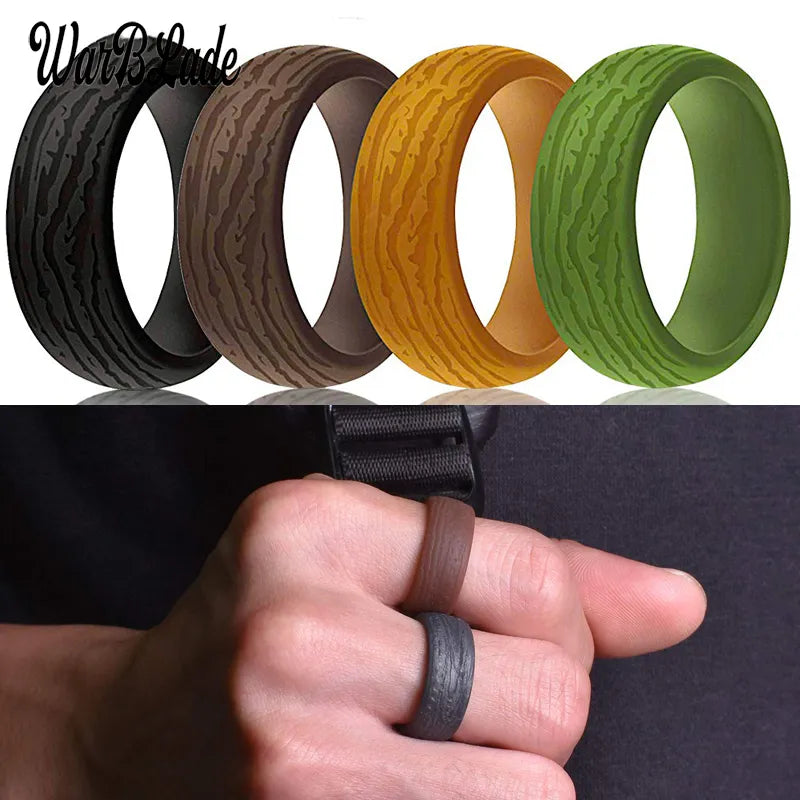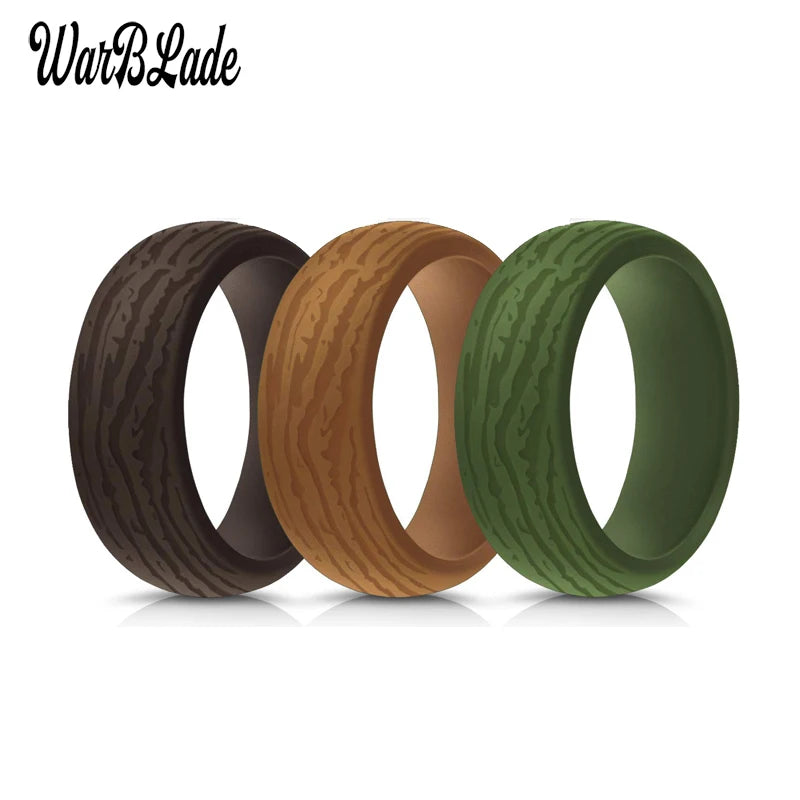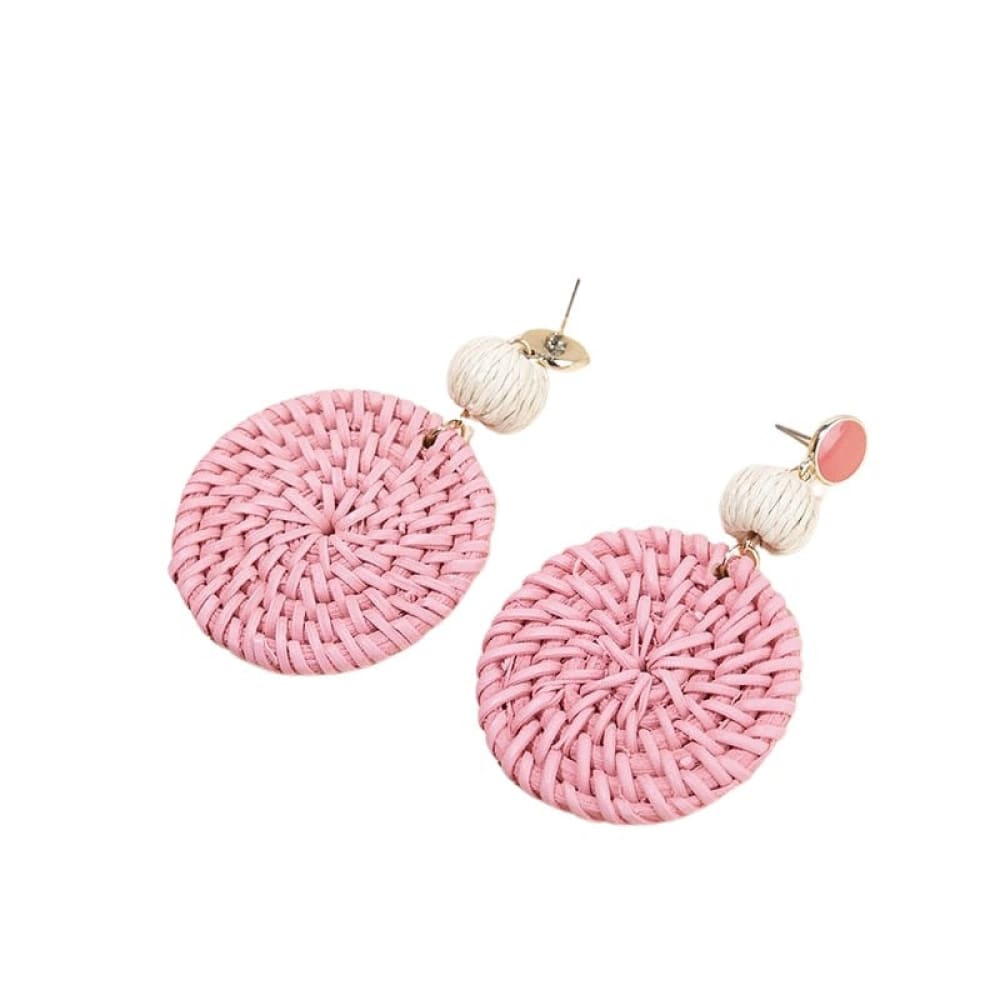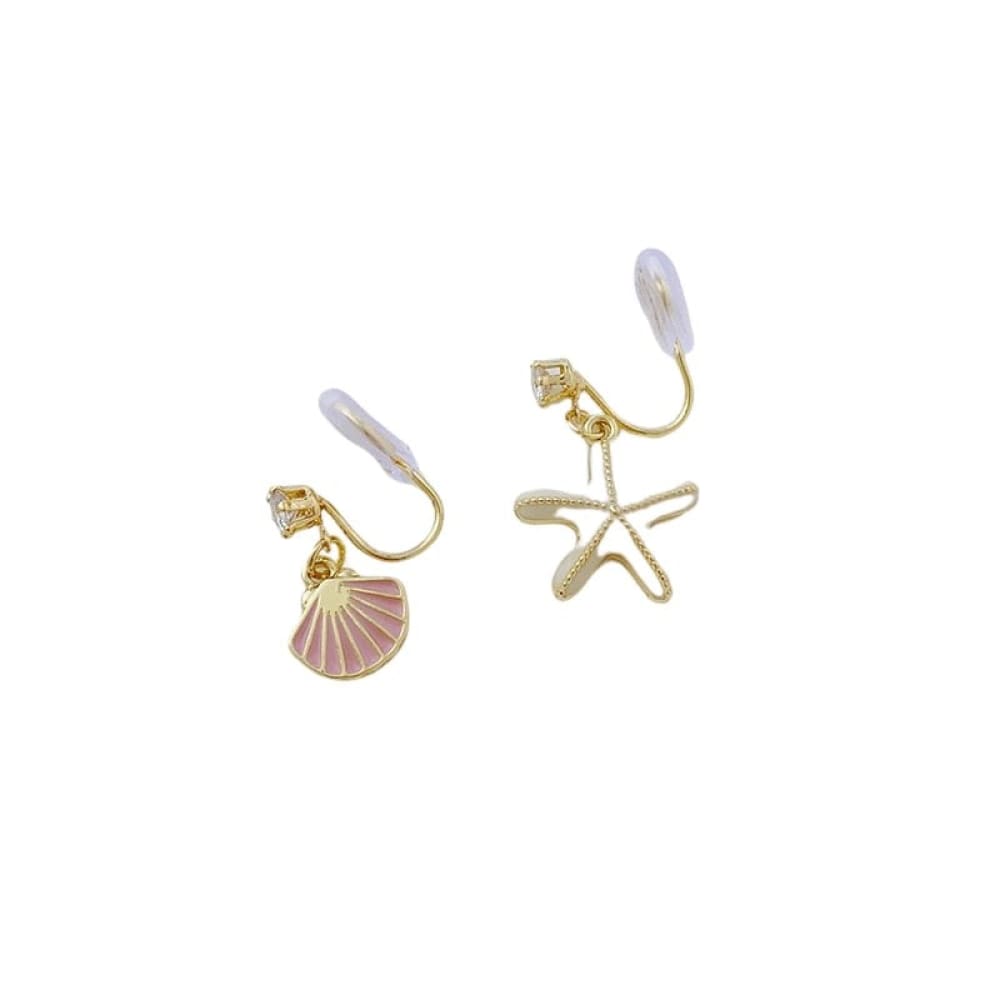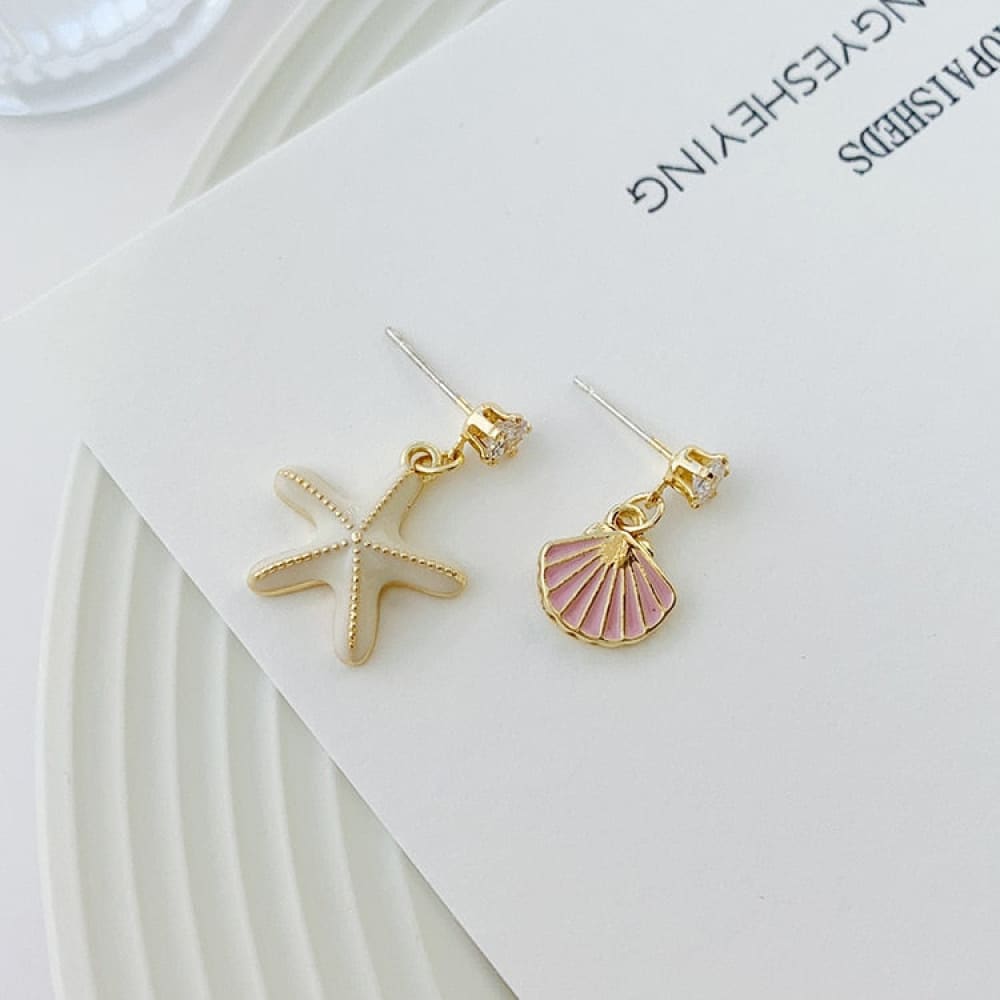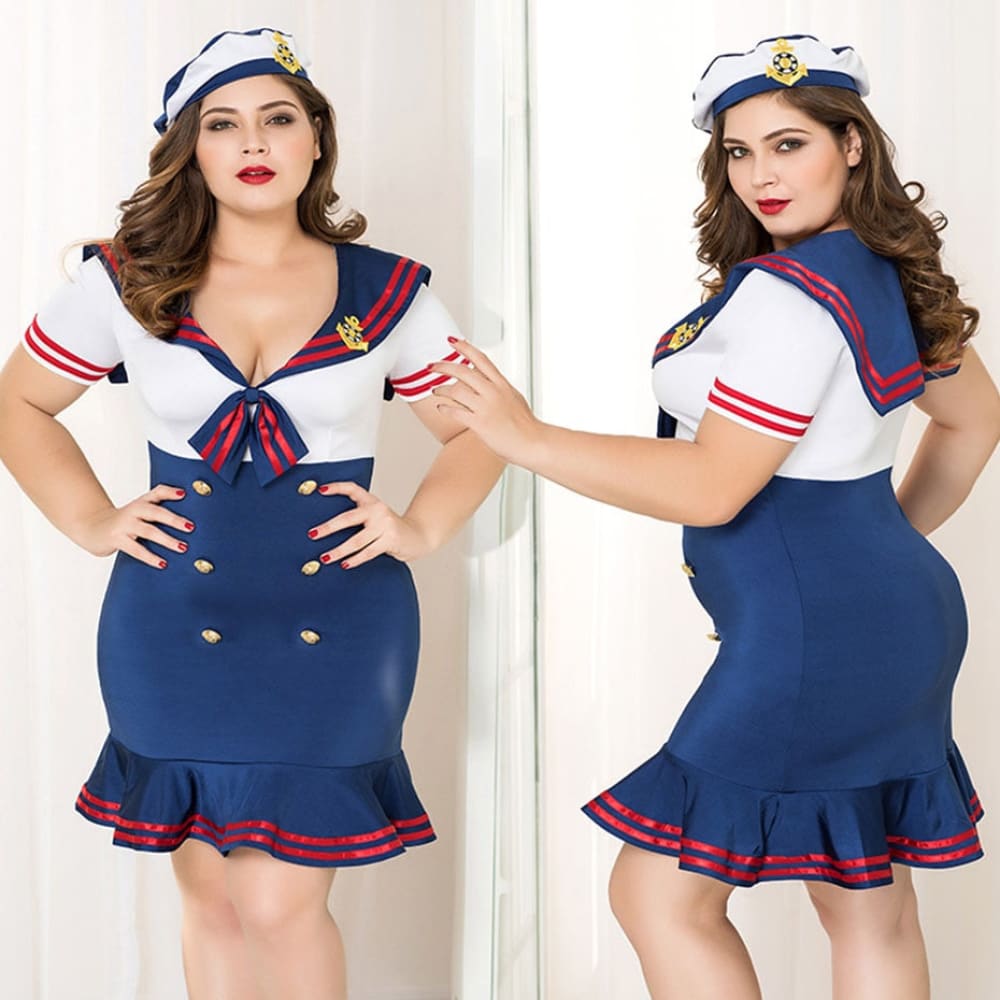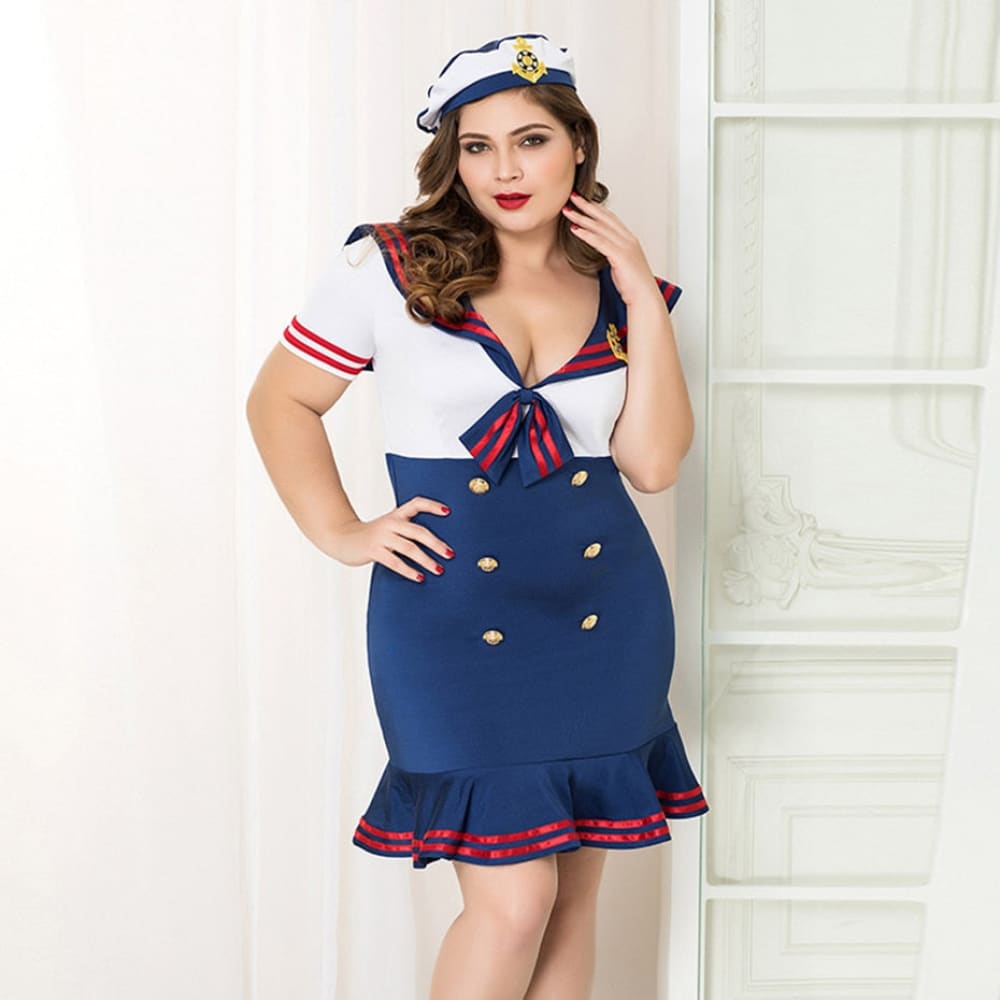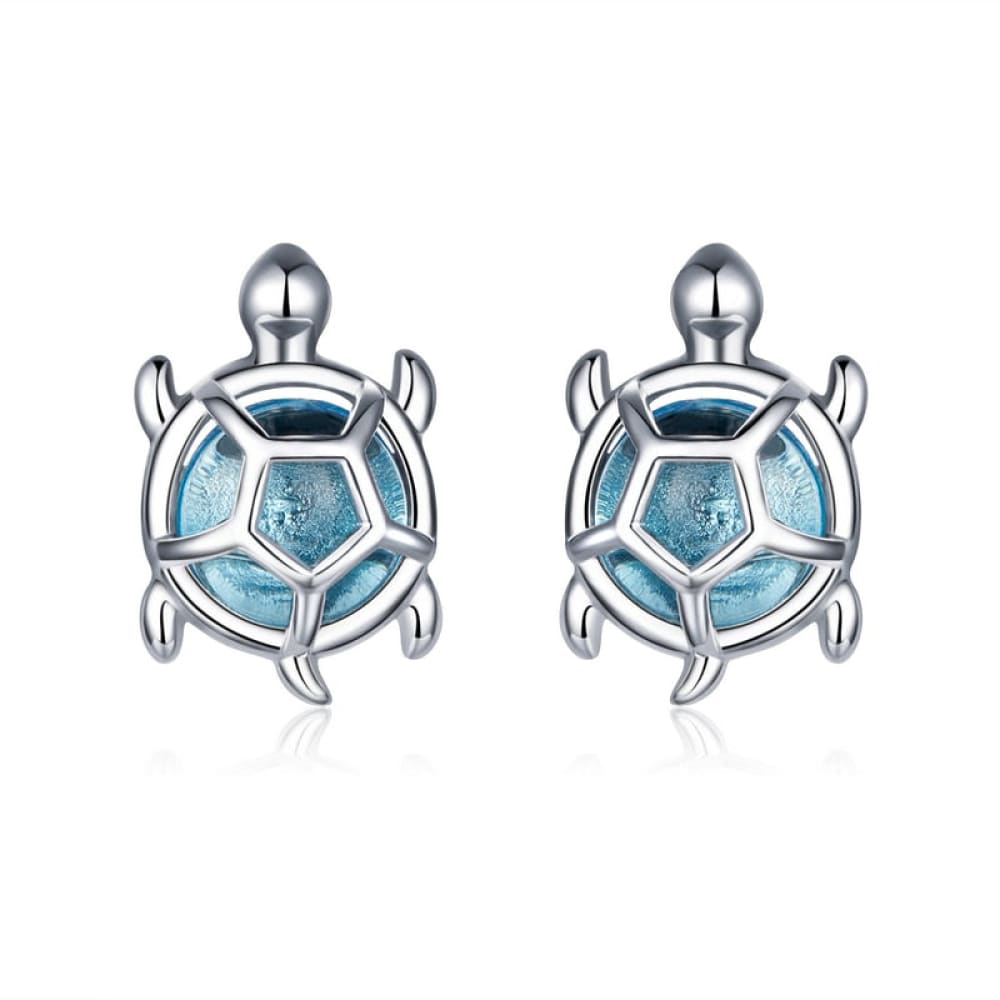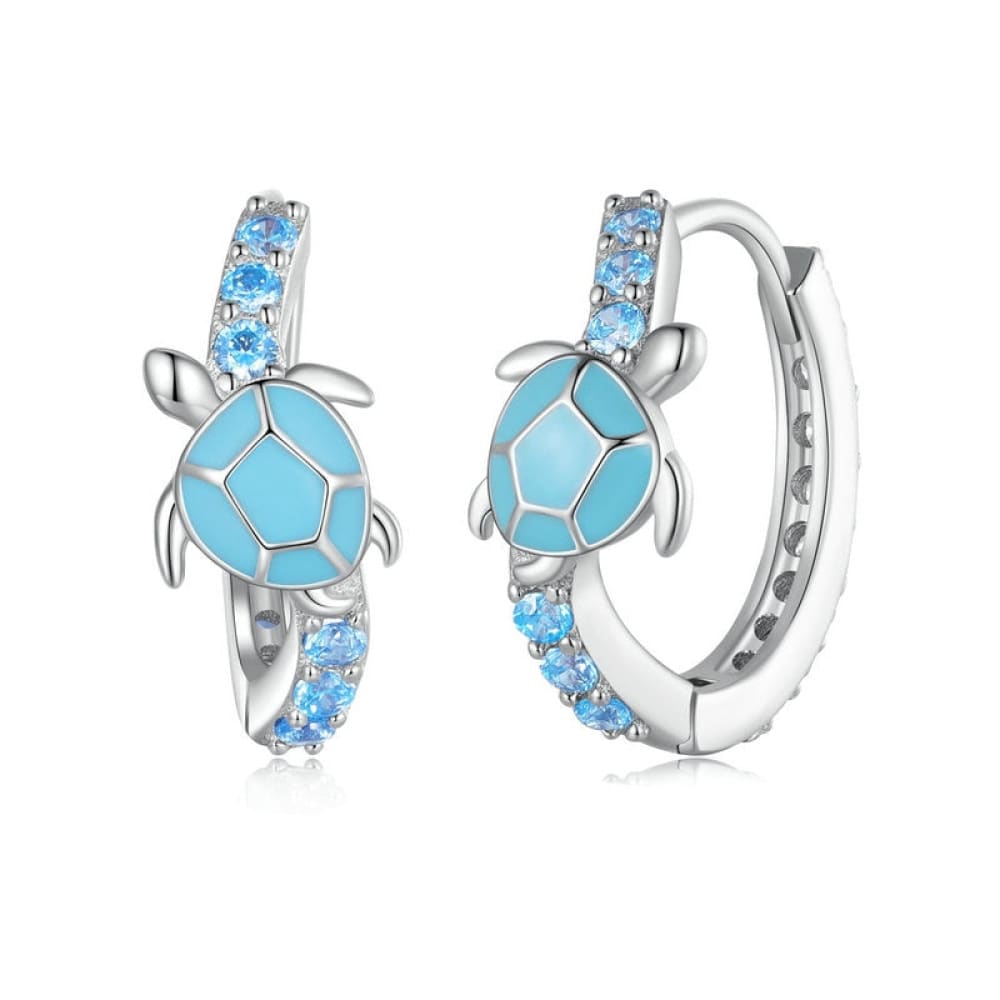Underwater photography can be a challenging and rewarding hobby, but it requires the right equipment, technique, and a bit of planning.
Tips for Shooting Stunning Underwater Pictures
In this guide, we will provide tips and tricks for taking amazing underwater photos, from choosing the right gear to mastering lighting and composition. Whether you are a beginner or an experienced photographer, these tips will help you capture stunning shots of the underwater world.
1. Choose the right equipment
The first step in taking amazing underwater photos is to choose the right equipment. You will need a camera that is waterproof or can be used with an underwater housing, as well as a lens that is suitable for shooting underwater.
When choosing a camera, consider the type of photos you want to take and your budget. If you are just starting out, a compact camera or mirrorless camera with a waterproof housing may be a good choice. For more advanced photographers, a DSLR or mirrorless camera with a high-quality lens and an underwater housing will provide more flexibility and better image quality.
In addition to a camera, you will also need a lens that is suitable for shooting underwater. Wide-angle lenses are a good choice for capturing wide shots of the underwater environment, while macro lenses are ideal for close-up shots of small subjects such as fish and coral.
2. Get comfortable in the water
Before you start shooting underwater, it is important to get comfortable in the water. This will help you feel more confident and allow you to focus on taking photos rather than worrying about your safety.
To get comfortable in the water, start by practicing basic diving skills, such as equalizing your ears and controlling your buoyancy. You should also familiarize yourself with the underwater environment, including any potential hazards and the local marine life.
3. Master lighting and composition
Lighting and composition are key to taking stunning underwater photos. Underwater lighting can be challenging, as the light becomes diffused and colors can become distorted at depth. To get the best lighting, try to shoot in the early morning or late afternoon, when the sun is low in the sky. This will provide softer, more even lighting and help to bring out the colors of the underwater environment.
Composition is also important in underwater photography. To create dynamic shots, try to incorporate elements such as leading lines, symmetry, and negative space into your photos. Experiment with different angles and perspectives, and don't be afraid to get creative and try something new.
4. Use a flash or light
A flash or light can be a useful tool for adding light to your underwater photos and bringing out the colors of the scene. A flash can help to fill in shadows and add contrast to your shots, while a continuous light source, such as a video light, can provide a more natural-looking light.
When using a flash or light, try to position it off to the side or above the subject to avoid backscatter, which is caused by particles in the water reflecting the light back into the camera lens. You can also use a red filter or a snoot to control the direction and intensity of the light.
5. Pay attention to your buoyancy
Buoyancy control is an important skill for underwater photographers. By maintaining good buoyancy, you can stay at the right depth and position to get the best shots. To improve your buoyancy, try to relax and move slowly in the water, and use your breath and weight belt to control your ascent and descent.
6. Be respectful of the underwater environment
When shooting underwater, it is important to be respectful of the environment and the marine life that you are photographing. This means not touching or disturbing coral or other marine life, and not taking souvenirs or collecting specimens.
It is also important to follow good diving practices and respect any local regulations or laws that are in place. This can help to minimize your impact on the underwater environment and protect the ecosystems that you are exploring.
By being respectful and responsible, you can help to preserve the underwater world for future generations and contribute to the conservation of the oceans
7. Edit and post-process your photos
After you have taken your underwater photos, it is time to edit and post-process them. This can help to bring out the colors and details of the scene and create more dynamic shots.
There are many software programs and apps available for editing photos, such as Adobe Photoshop and Lightroom. These programs allow you to adjust the exposure, contrast, color, and other settings to enhance your photos. You can also use filters and effects to create different looks and styles.
In addition to editing your photos, it is important to properly store and back up your images. This will ensure that your photos are safe and can be accessed in the future.
8. Share your photos with others
After you have taken and edited your underwater photos, it is time to share them with others. There are many ways to share your photos, including posting them on social media, creating a photo album or slideshow, or printing them and displaying them in a frame or on a wall.
Sharing your photos is a great way to showcase your work and inspire others to appreciate the beauty of the underwater world. It is also a way to raise awareness about the importance of ocean conservation and encourage others to take action to protect the oceans and the marine life that call them home.
Conclusion For Shooting Stunning Underwater Pictures
Underwater photography is a rewarding and challenging hobby that allows you to capture the beauty and mystery of the underwater world. By following these tips and practicing your skills, you can take stunning underwater photos that showcase the incredible diversity and beauty of the oceans.

